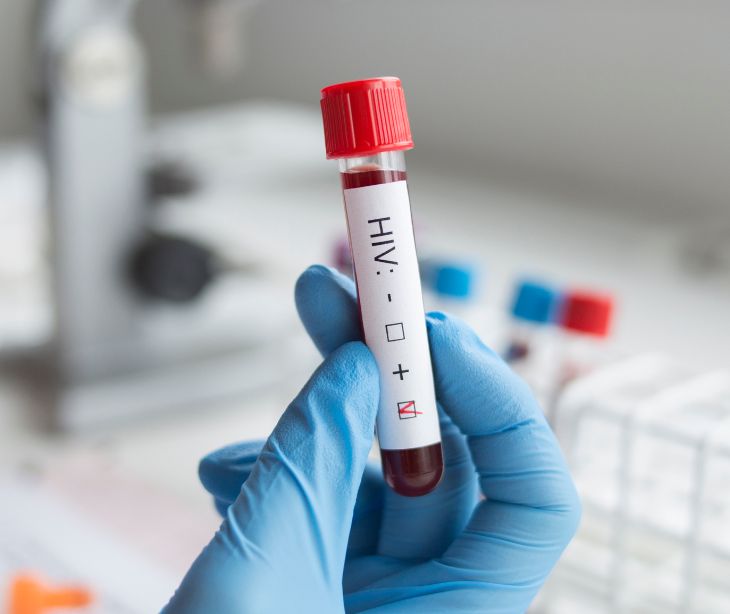2 min read
How HIPAA compliant text messaging can help chronic pain management
Caitlin Anthoney April 22, 2024

Providers can use HIPAA compliant texting to support patients in managing their pain effectively. These texts can facilitate timely updates, personalized care plans, and improved adherence, which could lead to better outcomes for patients experiencing chronic pain.
Prevalence of chronic pain
The CDC reported “an estimated 20.9% of U.S. adults (51.6 million persons) experienced chronic pain, and 6.9% (17.1 million persons) experienced high-impact chronic pain (i.e., chronic pain that results in substantial restriction to daily activities).”
Chronic pain and text messaging
Chronic pain management often requires consistent communication between patients and healthcare providers. Traditionally, this communication relied on phone calls and in-person visits, which can be inconvenient and time-consuming. However, providers can use HIPAA compliant texting as a secure and efficient alternative.
A study on text messaged-based social support intervention for patients with chronic pain shows “Text messages can reduce perceived pain and pain interference with general activity, relations with others and sleep among patients with chronic non-cancer pain.” More specifically, texts could:
1) “Reduce daily pain and pain interference levels and increase positive affect
2) improve perceptions of social support and connectedness
3) be feasibly delivered using mobile phone technology”
Patient privacy and HIPAA compliance
The Health Insurance Portability and Accountability Act (HIPAA) safeguards patients' protected health information (PHI). Providers must use a HIPAA compliant texting platform, like Paubox, to discuss sensitive data like pain levels and treatment plans. The platforms ensure that messages are encrypted, helping providers maintain compliance with HIPAA regulations to avoid costly fines and penalties.
Go deeper: What are the penalties for HIPAA violations?
Benefits of HIPAA compliant texting and pain management
Pain tracking: Regular HIPAA compliant text exchanges allow patients to create a detailed pain journal by recording pain levels throughout the day or week. This could help providers identify patterns, pain triggers, and the effectiveness of different pain management approaches.
Communication between visits: Patients can instantly inform providers of sudden pain flares or medication-related questions, and providers can address it promptly through secure texting.
Reduced missed appointments: Providers can send patients appointment reminders to help reduce the number of missed appointments. Furthermore, consistent communication could help adherence to pain management plans and avoid disruptions caused by missed appointments.
Increased patient engagement: HIPAA compliant texting is an accessible way for patients to proactively manage their pain. They can reach out with questions or concerns for a collaborative approach to healthcare.
Go deeper: Improve patient engagement with HIPAA compliant text messages
Tips for HIPAA compliant texting for pain management
Use standardized scales: Use recognized pain scales such as the numerical rating scale (NRS) for patients to accurately quantify pain intensity.
Be concise: Texting is meant for quick exchanges. Avoid lengthy messages and focus on the most relevant information.
Avoid medical jargon: Communicate in simple language, avoiding medical jargon to help patients understand instructions.
Confirm understanding: Ask the patient to confirm their understanding of the information provided and encourage them to ask questions if needed.
FAQs
Who is required to comply with HIPAA regulations?
HIPAA regulations apply to healthcare providers, health plans, healthcare clearinghouses, and their business associates who handle protected health information (PHI).
Go deeper: Who needs to be HIPAA compliant?
What is considered protected health information (PHI) under HIPAA?
PHI includes any identifiable health information, like medical history, test results, treatment information, and health insurance information.
Can providers use emojis or abbreviations in pain management texts?
While emojis and abbreviations may be convenient, providers should aim for clear and concise communication, avoiding ambiguity or misinterpretation of pain-related messages.
Read also: Are emojis in text messages to patients still HIPAA compliant?
Subscribe to Paubox Weekly
Every Friday we'll bring you the most important news from Paubox. Our aim is to make you smarter, faster.




